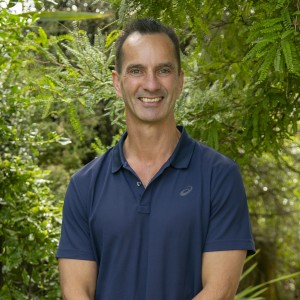Students started with a place they were familiar with, Taupō. They used a Taupō map, read the map key, and identify where locations were based on map key symbols. The next step was to give map coordinates for the locations they found. All students achieved success with their map reading skills.
Room 1’s next challenge was a tour around NZ. There were too many maps to choose from though, so students worked in groups to compare different maps. They identified which maps were the most effective at providing them with the information they needed. Groups discovered that some maps were missing information, which raised questions and led to discussions about what good maps need
At first we didn’t know what the yellow boxes meant. We figured out they were popular places to visit. This map needs a key to tell people that
When students did their own New Zealand map work, they had to take what they learnt from their previous map comparison activity to create an individual map.
On my map, this scale shows how deep the oceans around New Zealand are
I used a scale to show how high parts of New Zealand are. The highest parts are in orange and the highest mountain is Mount Cook
Room 1 students also learnt about compass points to describe the location of places. To do this they used Orana Park in Christchurch and a map of the zoo. Students had to answer questions about directions they would take to get from one animal exhibit to another. The extension activity involved using distance scales on the maps, as well as the compass point, to describe how far they’d have to travel to get from one place to another.
The otter is North of the zebra at L5
If I started at R9 and moved 100 metres north and 150 metres west, I would be at the trout Zoey
If one square is 50m, how far would it take to travel around the outside of the park twice?


Comments
No one has commented on this post yet.